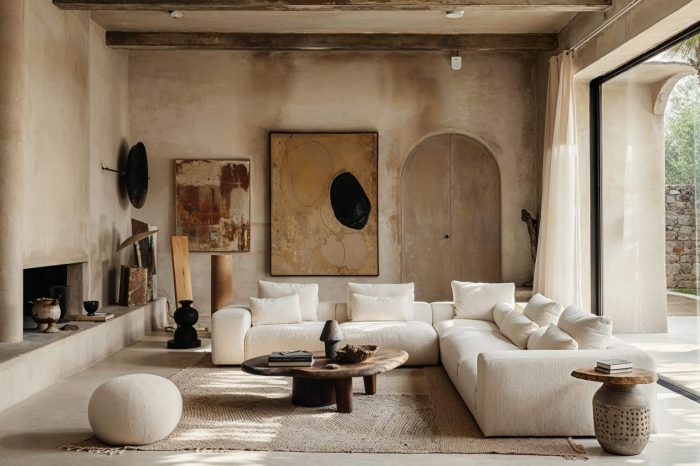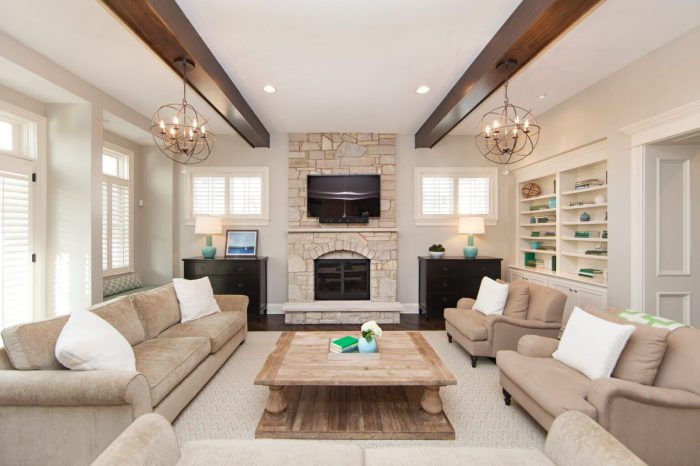The automotive industry is constantly evolving, and nowhere is this more apparent than in the realm of interior design. 2025 promises a wave of exciting new trends, focusing on sustainability, technology integration, and personalized comfort. This comprehensive guide will explore the key interior design trends shaping the automotive landscape and how you can upgrade your ride to reflect these innovative styles.

Source: stablediffusionweb.com
Sustainable and Eco-Friendly Materials
Sustainability is no longer a niche concept; it’s a driving force in automotive design. Expect to see a significant increase in the use of recycled and plant-based materials in car interiors. This commitment to eco-consciousness translates to several key trends:
Recycled Fabrics and Plastics:
Manufacturers are increasingly incorporating recycled plastics and fabrics into upholstery, carpets, and dashboard components. This reduces waste and minimizes the environmental impact of vehicle production. Look for interiors featuring recycled PET bottles, reclaimed fishing nets, or other innovative recycled materials. This contributes to a lower carbon footprint and aligns with growing consumer demand for environmentally responsible products.
Plant-Based Leather Alternatives:
Traditional leather is being challenged by innovative plant-based alternatives. Materials like pineapple leather (Piñatex), mushroom leather (Mylo), and other bio-based leathers offer a comparable look and feel without the environmental concerns associated with animal agriculture. These options provide a luxurious aesthetic while adhering to sustainable practices. Expect to see these materials featured prominently in high-end and eco-conscious vehicle models.
Bio-Based Plastics:
Beyond fabrics, the use of bio-based plastics derived from renewable resources like corn starch or sugarcane is on the rise. These plastics offer a more sustainable alternative to petroleum-based plastics, reducing reliance on fossil fuels and lowering greenhouse gas emissions. Look for manufacturers highlighting the bio-based content of their interior components.

Source: essentialhome.eu
Technological Integration and Advanced Features
Technology is seamlessly merging with automotive interiors, enhancing both functionality and aesthetics. The following trends showcase this integration:

Source: pouted.com
Interactive Displays and Screens:
Larger, higher-resolution displays are becoming the norm, offering intuitive interfaces for infotainment, navigation, and vehicle controls. Expect curved displays, augmented reality (AR) head-up displays, and seamless integration with smartphones and other smart devices. These advancements enhance driver experience and provide a more connected driving environment.
Ambient Lighting and Mood Customization:
Ambient lighting is evolving beyond simple illumination. Sophisticated systems allow drivers to customize the interior lighting to match their mood or driving conditions. This can range from calming blues and greens to energizing reds and yellows, creating a personalized and dynamic driving experience. This feature is quickly becoming a standard in many vehicle segments.
Voice Assistants and Gesture Control:
Voice-activated assistants and gesture controls are becoming increasingly sophisticated, allowing drivers to manage various vehicle functions without taking their hands off the wheel. This improves safety and enhances the overall user experience. Expect more natural language processing capabilities and more intuitive gesture recognition systems in the future.
Advanced Driver-Assistance Systems (ADAS):
ADAS features are no longer luxury items; they are becoming essential safety components. Expect more advanced features such as adaptive cruise control, lane-keeping assist, automatic emergency braking, and blind-spot monitoring to be integrated seamlessly into the vehicle’s interior design. These systems are not only safety features but also contribute to a more relaxed and comfortable driving experience.
Personalized Comfort and Ergonomics
Car interiors are increasingly focused on personalized comfort and ergonomics, catering to individual preferences and needs:
Ergonomic Seating and Adjustable Features:
Seating is receiving significant attention, with advancements in ergonomic design, adjustable lumbar support, heating and cooling features, and massage functions. These features contribute to driver and passenger comfort, particularly on long journeys. Manufacturers are focusing on customizable seating configurations to cater to a wide range of body types and preferences.
Enhanced Material Textures and Tactile Experiences:
The tactile experience of the interior is receiving greater emphasis. Expect to see a wider range of materials with varied textures and finishes, creating a more engaging and luxurious feel. This could involve the use of soft-touch plastics, premium fabrics, and carefully selected wood or metal accents.
Smart Climate Control Systems:
Climate control systems are becoming more intelligent and responsive, learning driver and passenger preferences to maintain optimal comfort levels. This includes features like personalized temperature zones, automatic ventilation adjustments, and air quality monitoring. These systems enhance both comfort and overall health during travel.
Emerging Trends: Minimalism and Digitalization
Two major trends are shaping the future of car interiors: minimalism and digitalization.
Minimalist Design Aesthetics:
Minimalist design is gaining traction, characterized by clean lines, uncluttered surfaces, and a focus on functionality. This trend emphasizes simplicity and reduces visual distractions, contributing to a more serene driving experience. Expect to see fewer physical buttons and controls, replaced by intuitive touchscreen interfaces.
Increased Digitalization:
The digital transformation of car interiors is accelerating. Expect more integration of digital services, personalized entertainment options, and over-the-air software updates. This constant evolution ensures that the car’s interior remains current and relevant over time.
Frequently Asked Questions (FAQ)
- Q: What are the most sustainable materials used in car interiors? A: Recycled plastics, plant-based leathers (like Piñatex and Mylo), and bio-based plastics are leading the way in sustainable car interior materials.
- Q: How will technology change car interiors in 2025? A: Expect larger interactive displays, augmented reality features, voice assistants, gesture control, and advanced driver-assistance systems (ADAS) to become increasingly integrated.
- Q: What are the key ergonomic improvements in car interiors? A: Improved seating ergonomics, adjustable lumbar support, heating and cooling features, and massage functions are enhancing comfort.
- Q: What is the minimalist trend in car interiors? A: Minimalist design focuses on clean lines, uncluttered surfaces, and intuitive touchscreen interfaces, reducing physical buttons and controls.
- Q: Where can I find cars with these new interior features? A: Many major auto manufacturers are incorporating these trends into their new models. Research specific makes and models to find vehicles with the features you desire. Check their official websites or automotive review sites.
References
- Statista (for market research data on automotive trends)
- WardsAuto (for automotive industry news and analysis)
- Autocar (for automotive reviews and features)
Call to Action
Ready to upgrade your ride with the latest automotive interior trends? Research the latest models from your favorite manufacturers or visit your local dealership to explore the exciting innovations transforming the driving experience. Embrace sustainability, technology, and personalized comfort for a truly upgraded driving experience in 2025 and beyond!
Detailed FAQs
What are the most sustainable materials used in car interiors in 2025?
Recycled plastics, plant-based leather alternatives, and sustainably sourced wood are becoming increasingly popular.
How will technology impact car interiors in 2025?
Expect advanced infotainment systems, augmented reality head-up displays, personalized climate control, and seamless smartphone integration.
What about the cost of upgrading to these new interior features?
The cost varies greatly depending on the specific features and the vehicle model. Some upgrades are relatively affordable, while others can be quite expensive.
Are there any safety features integrated into the new interior designs?
Yes, many new designs incorporate improved visibility, advanced driver-assistance systems (ADAS), and enhanced airbag systems for increased safety.
